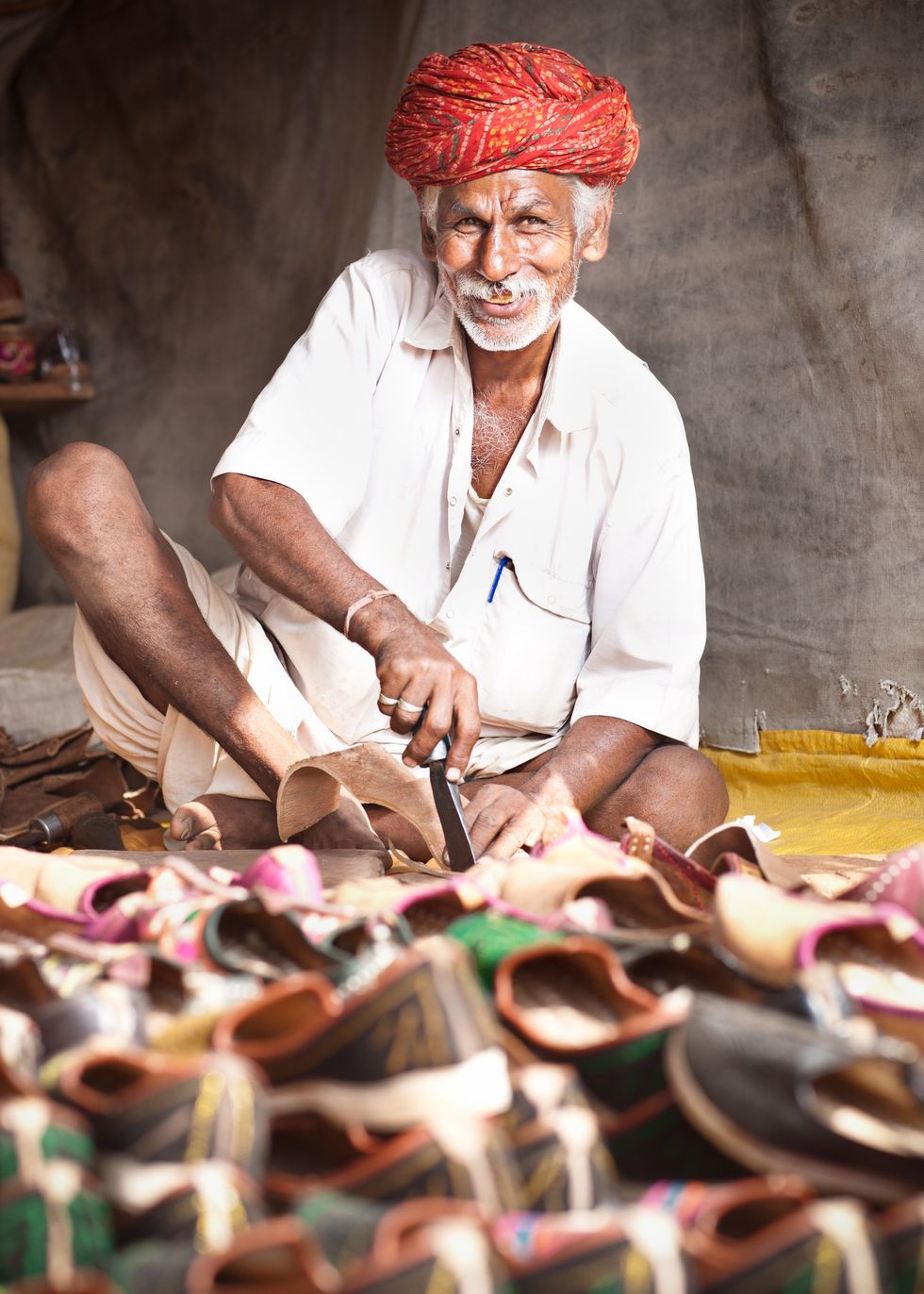FIRST, I have a question for David: Have you ever studied someone who has observed himself or herself from outside? And to Sadhguru – are there techniques to achieve that level of human intelligence that you can observe yourself from outside?
David Eagleman: It depends what exactly you mean by “observing yourself from the outside.” There are experiments with what is called an “out-ofbody-illusion.”
It is a little complicated to explain the set-up, but it has to do with wearing some video goggles and putting a camera behind you. With your goggles, you can see your own body from behind. Let’s say if someone scratches your back, you can see it through the goggles. You feel it immediately, but you see your own body at a distance.
This allows people to sometimes have a clear experience where they feel they are six feet behind their body. There is a neuroscience group in Europe that was able to induce this illusion even when people were lying down. This gave them the opportunity to stick the test persons into a brain scanner and measure their brain activity while they were having this “out-of-body” experience where they thought they were six feet away from their body.
However, brain imaging is limited in the sense that we can measure that particular sets of “Christmas lights” light up in the brain when you are having such an “out-of-body” experience; we can describe the neural correlates of subjective experience, but we don’t know yet why they are identical. Science is a little stuck there.
Sadhguru: I must tell you my experience of this. I do not subject myself to such indignities anymore, but many years ago, it so happened that I was at some institute in India, and they wanted to measure the gamma waves in my brain. They asked me to meditate. I said, “I don’t know any meditation.” They said, “But you teach meditation to everyone.” I said, “Yes, because people don’t know how to simply sit still, we teach them methods to do so. If you want, I will sit still.”
They placed some 14 electrodes on me, and I simply sat there. After maybe 15 to 20 minutes, they started hitting my knee with some metallic object. I thought, “Okay, part of their experiment,” and continued to sit there. Then they started hitting my ankle bone – a very painful place. I still thought, “Okay, it’s their experiment,” but it became very persistent and extremely painful.
I slowly opened my eyes. They were all giving me a weird look. I said, “Did I do something wrong?” They said, “According to our instruments, you are dead.” I said, “That’s a great diagnosis.” Then they said, “You are either dead, or you are brain-dead.” I said, “That’s too insulting. I’ll take the first diagnosis. If you give me a certificate that I am dead – I can live with that. If you give me a certificate that I am brain-dead – that’s not a good thing.”
Why I am saying this is – all instruments created by human beings are lesser instruments than the human system itself. A telephone can transmit the spoken word over longer distances than a human being can. A bicycle can go faster than we can run; a motorcycle can go even faster; an aircraft can fly. That means in terms of a particular action, they may be better than us. But in terms of sophistication, they are all lesser instruments.
They cannot be more sophisticated than a human being, because we cannot create something more sophisticated than ourselves. Therefore, the use of measuring instruments is limited. You can easily fool the brain – there are many techniques in yoga to do this.
David was talking to me about how you could trick the mind that a smell becomes a sound, and a sound becomes something else. And even without any scientific gadgets, there are many ways to trick the human mind.
The magicians of the world have mastered these tricks. They can pick things out of your pocket without you knowing what is happening to you. That apart, in terms of fundamental sophistication, there is nothing more sophisticated than the human system. This is the gadget, and the only way for you to experience the world.
Let’s look at how you experience the world right now. All of you here can see me. If you were to point out where I am, you would point towards the dais. But you’ve got it all wrong. Light falls upon me, gets reflected, and creates an inverted image in your retina – you know all that. You see me within yourself. You hear me within yourself. Whatever you have seen of the world, you have seen within yourself. Everything that ever happened to you happened only within you.
If someone touches your hand, you think you feel their hand, but actually, you only experience the sensations in your own hand. If, for example, you make someone touch your hand five times, you will observe that subsequently, without anyone touching you, without the person being with you, you can create the same sensation within you. You can either create sensations with external stimuli, or you can internally manufacture whatever you want.
To some extent, almost every human being is creating various experiences without external stimuli, all the time, in many different ways. When it goes out of control, we consider it as a mental problem or mental disease. But everyone is doing this to some extent. While you are in a dream, it is as true as reality. One day, a few years ago, when I walked into Isha Home School, this boy came up to me and asked, “Sadhguru, is life real or is it a dream?” I looked at him – this was an eightyear-old, so you have to tell the truth – and I said, “Life is a dream, but the dream is true.” That’s a fact. The way it is happening within you right now, life is a dream, but the dream is true in your experience. But you can make this dream any way you want.
Are you okay with a joke? On a certain day, a lady went to sleep. In her sleep, she had a dream. In her dream, she saw a hunk of a man standing there, staring at her. He started coming closer and closer. He came so close she could even feel his breath. She trembled – not in fear. Then she asked, “What will you do to me?” The man said, “Well, lady – it’s your dream!” It is your dream – you can make whatever you want out of it. We can make this into a fantastic dream for ourselves and for everyone on the planet. Science and technology have done wonderful things for us to enhance our dreams, but I want the scientists to meditate.
Ranked among the 50 most influential people in India, Sadhguru is a yogi, mystic, visionary and bestselling author. He was honoured with the Padma Vibhushan, India’s highest civilian award, in 2017, for exceptional and distinguished service.





 Prada confirms Kolhapuri chappals inspired its 2026 Milan collectionInstagram/
Prada confirms Kolhapuri chappals inspired its 2026 Milan collectionInstagram/ Kolhapuri chappals have been crafted for centuries and received GI tag in 2019 iStock
Kolhapuri chappals have been crafted for centuries and received GI tag in 2019 iStock 








 Wintour also became synonymous with the Met GalaGetty Images
Wintour also became synonymous with the Met GalaGetty Images

